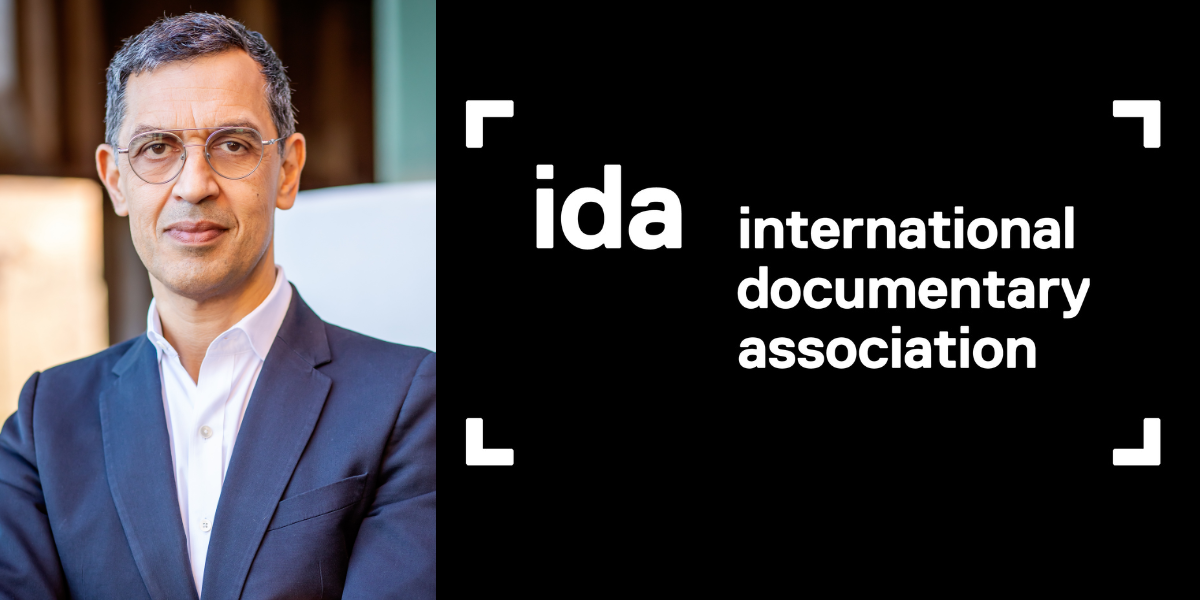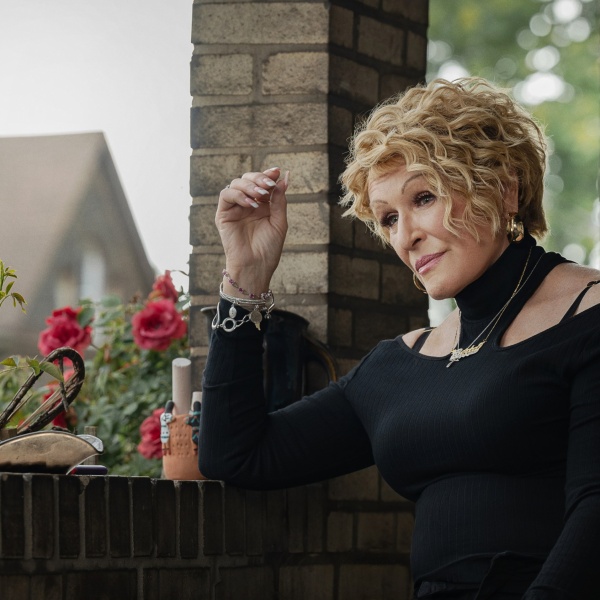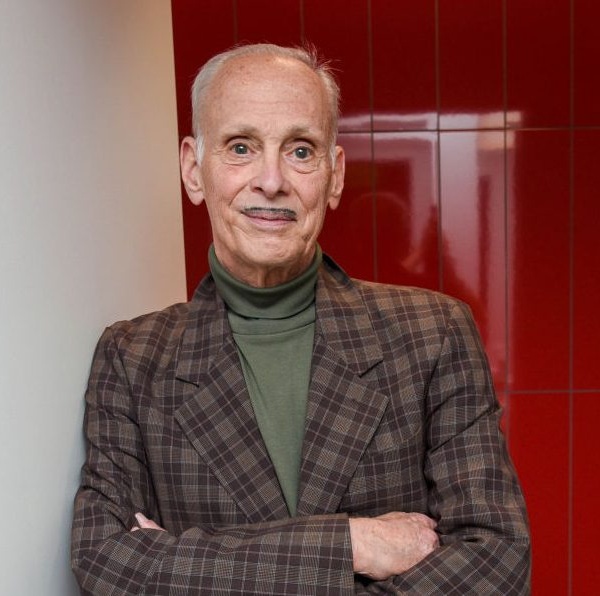By the time Dominic Asmall Willsdon’s embattled predecessor Rick Peréz finally left the International Documentary Association (IDA) in 2022, the non-profit organization had shed more than 75 percent of its staff, formulated an employee union, and had taken a big hit in its ability to serve the documentary filmmaker community, all as a result of a fractious tenure and broken culture. Its annual awards show was held remotely this year (it was also a remote event in 2020 and 2021 during the early months of the COVID pandemic, but was held in-person in 2022), and much of the seasoned documentary talent that had been with the group for years walked out the door.
But more than a year since Peréz’s departure, the IDA is in the midst of bouncing back.
In the last year under interim director Ken Ikeda (who served in the role between January 2023 and early January 2024), the IDA has managed to stabilize itself, giving out over $600,000 in grant money, re-vamping Documentary Magazine, and growing membership by 25 percent since 2020.
For Willsdon, who was named executive director in January, that means he can finally step into his role, get down to business, and do the real work.
“People really want IDA to succeed,” Willsdon told IndieWire during a recent interview. “There’s tremendous goodwill to what the IDA can be. It’s about bringing all the stakeholders together, representing all the constituents that should be part of IDA’s community and all the constituents that represent the different fields of documentary. It’s about keeping those different interests together, finding points of convergence between different interest groups, and we know there are different economies at work in documentary. How does an association that should be for the whole documentary field operate across those different economies?”
Willsdon’s resume includes leadership stints at the Institute for Contemporary Art at Virginia Commonwealth University, the San Francisco Museum of Modern Art, and the Tate Modern in London, where he founded the museum’s film program alongside the BFI.
So, no, he’s not a traditional documentary guy who has worked exclusively and extensively in the field. But, as he explained, that he’s coming from an environment in which he covered many artforms in a specific place to now covering one specific artform in many places.
“The new energy one gets personally of being repotted into a different context, you bring some skills, some experience in terms of how organizations can work, but the chance to be re-energized by this new field and new community and set of tasks, all of that really adds up to why this became interesting to me,” Willsdon said.
As Willsdon added, the IDA board was interested in him applying because of his relationships with other institutions and his experience actually running an arts program, and less because of his acumen as a documentary buff. Having built a program from the ground up, he understands the processes that need to be put in place to establish a work culture and keep the institution moving forward.
“Most of the IDA team have been there less than a couple of years, so we’re all starting afresh in certain ways with the support of the community around us,” he said.
Just a month into the job, he’s already brought in an impressive amount of talent (and legitimacy) to its ranks. The IDA appointed two documentary veterans as its board co-presidents: former Netflix executive Michael Turner and “Fire of Love” producer Ina Fichman. And the staff has grown to 22 individuals (with one more imminently joining the team), half of whom were born outside the U.S. and represent the diversity of cultures and perspectives the IDA hopes to display.

He also oversaw the return of the IDA’s Pare Lorentz grant program, which awarded $75,000 to three different filmmakers late last month. Next up, he’s focused on the revival of the IDA’s Getting Real conference, which takes place in April and gathers together industry stakeholders to discuss the challenges facing the documentary community. After that, Willsdon and his newly assembled team will undergo a strategic planning process for 2024 to outline long term growth objectives and priorities for the organization.
“I want processes like this to be as inclusive as possible, to be as participatory, just involve voices from all the constituents we seek to represent,” Willsdon said. “My first weeks and months here are very much about just hearing from different perspectives about what the IDA has meant in the past going back a decade in the past and what it should mean moving forward.”
One priority, of course, will be the continued growth of the IDA’s membership. Willsdon says that membership has actually grown within the last year to 3,200 members, but the goal will be to not just bolster numbers, but the overall composition of those members.
This year’s five nominees for Best Documentary Feature at the Oscars all came from international filmmakers, and he believes the IDA needs to reflect the same international scope that has transformed the documentary industry on the whole. Currently, 15 percent of the IDA’s 3,200 members come from outside the U.S., but the non-profit boasts members in all 50 states and 80 different countries. 18 percent also identify as LGBTQIA+ and 8.5 percent are deaf or disabled.

Willsdon also assures us the IDA Documentary Awards will be back as an in-person event. 2024 will be the 40th anniversary of the ceremony, and they’ll “aim to do something a little bit extra.” This year’s Best Feature Documentary winner at the IDA Awards, “Bobi Wine: The People’s President,” was ultimately nominated for an Oscar, and he believes strongly in the influence the awards can have on the larger community and documentary branch.
Willsdon is also focused on developing forms of advocacy in ways that are “sustained” and “intentional.” Much of the IDA’s advocacy work has been focused on rights issues, equity in the field, and legal protections for people filming in dangerous parts of the world.
But the key pain point he’s heard from many filmmakers is simply getting their films released. Distribution will be a key theme of IDA’s Getting Real conference, and the goal is to make documentary storytellers aware of alternative forms of distribution and achieving access.
Above all, he wants to build back a strong culture among the staff and members. Willsdon says when he was being interviewed for the job, both the board and staff were involved and had similar visions for what the IDA could be. When the organization begins its strategic planning process in May and June, he believes it’s prepared to do so with a “shared purpose that we could move forward with together.”
“I want to show up to that process equipped with a strong sense of the ways in which IDA can matter in the field, and with as much data and information about the nature of our work and the nature of the challenges we want to address as we can possibly have,” he said. “The priorities that have emerged for the IDA in the summer, they need to be ones that respond to the most important needs and interest in the field.”
Anne Thompson also contributed reporting.





